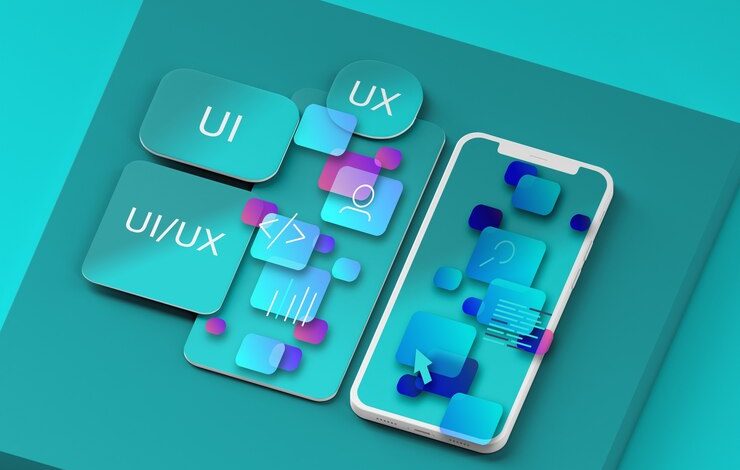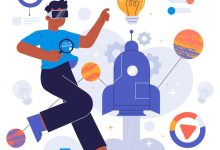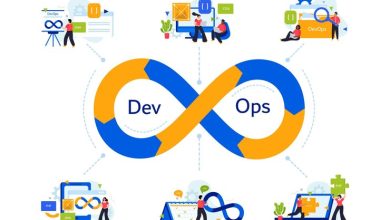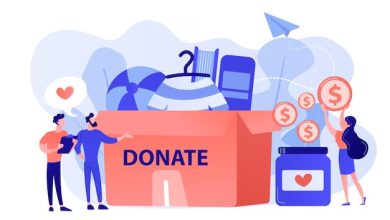
UI Versus UX : Exploring the Role of a UX Designer in Modern Tech
UI Versus UX, The importance of user experience (UX) designers has grown in the fast-paced world of technology, where UX is crucial to the success of products. In order to remain competitive, modern digital companies understand that providing a smooth and user-friendly experience is more than simply a nice to have. This in-depth analysis explores the diverse duties, essential competencies, and influence that UX designers have on the goods and services offered by contemporary tech firms. Sign up here with upwork to get remote job as a product designer and learn more technologies with infotech

Exploring the Role of a UX Designer in Modern Tech Companies : UI Versus UX
In the fast-paced world of technology, where user experience (UX) plays a pivotal role in product success, the role of a UX designer has become increasingly significant. Modern tech companies recognize that delivering a seamless and user-friendly experience is not just a nicety but a necessity for staying competitive. This comprehensive exploration delves into the multifaceted role of a UX designer, examining their responsibilities, key skills, and the impact they have on the products and services of modern tech companies.
1. Defining the Role: UI Versus UX
A UX designer, short for User Experience designer, is responsible for enhancing the overall experience users have with a product, whether it’s a website, application, or software. The role encompasses a range of tasks, from understanding user needs to designing interfaces and ensuring a smooth interaction journey.
2. Understanding User Needs:
The foundation of UX design lies in understanding the target audience. UX designers conduct user research to gather insights into user behaviors, preferences, and pain points. This involves methods such as surveys, interviews, and usability testing to develop a comprehensive understanding of user needs.
3. Wireframing and Prototyping:
Once user needs are identified, UX designers create wireframes and prototypes. Wireframes are skeletal structures that outline the basic layout and functionality of a product, while prototypes are interactive models that simulate the user experience. These tools help visualize the design early in the development process and allow for feedback and iteration.
4. Information Architecture: UI Versus UX
Organizing and structuring information in an intuitive manner is a crucial aspect of UX design. Information architecture involves creating a logical flow for users to navigate through the product effortlessly. This includes designing menus, navigation bars, and categorizing content in a way that aligns with user expectations.
5. Visual Design:
While aesthetics are not the sole focus of UX design, visual design plays a vital role in creating an appealing and engaging user interface. UX designers work on color schemes, typography, and other visual elements to ensure a cohesive and visually pleasing design that aligns with the brand identity.
6. Interaction Design:
UX designers are responsible for defining how users interact with a product. This involves designing interactive elements such as buttons, forms, and animations. The goal is to create an interface that is not only visually pleasing but also provides a seamless and enjoyable interaction experience.
7. Usability Testing:
Usability testing is a critical phase in the UX design process. Designers conduct tests with real users to identify any usability issues, gather feedback, and make improvements. This iterative process ensures that the final product meets user expectations and is free of usability obstacles.
8. Collaboration with Cross-functional Teams:
In modern tech companies, UX designers work closely with cross-functional teams, including product managers, developers, and marketing professionals. Collaboration is key to ensuring that the design aligns with the overall product vision and goals.
9. Mobile and Responsive Design:
With the prevalence of mobile devices, UX designers must consider responsive design principles. This involves creating designs that adapt seamlessly to various screen sizes, ensuring a consistent and enjoyable experience across devices.
10. Accessibility:
A crucial aspect of UX design is making products accessible to users with diverse abilities. UX designers strive to create designs that are inclusive and adhere to accessibility standards, allowing a broader audience to interact with the product.
11. Continuous Learning and Adaptability:
The field of UX design is dynamic, with new tools, technologies, and design trends emerging regularly. UX designers must stay updated on industry advancements, continuously learn new skills, and adapt their approaches to meet evolving user expectations.
12. Impact on Business Success: UI Versus UX
The role of a UX designer is directly tied to the success of a product or service. A well-designed user experience not only enhances customer satisfaction but also contributes to user retention and loyalty. Positive user experiences can lead to increased engagement, higher conversion rates, and ultimately, business growth.
product Designers : UI Versus UX
Product design is a multidisciplinary process that involves conceptualizing, creating, and refining the physical and digital attributes of a product to meet the needs and preferences of users while also considering technical feasibility, market viability, and business objectives. It encompasses a range of activities, from user research and ideation to prototyping and validation. Here are some key aspects of product design:
- User-Centered Design:
- User-centered design is a fundamental principle of product design that focuses on understanding the needs, behaviors, and preferences of users. Design decisions are guided by empathy for the end-users, ensuring that the product addresses their pain points and enhances their experience.
- Research and Discovery:
- Product designers conduct research to gain insights into user needs, market trends, competitor offerings, and technological capabilities. This may involve qualitative research methods such as interviews, surveys, and observations, as well as quantitative data analysis.
- Ideation and Conceptualization:
- During the ideation phase, product designers generate and explore a wide range of ideas and concepts to solve identified user problems or fulfill specific needs. Techniques such as brainstorming, mind mapping, and sketching are commonly used to generate creative solutions.
- Prototyping and Iteration:
- Prototyping involves creating low-fidelity or high-fidelity representations of the product to test and validate design ideas with users. Prototypes can take various forms, including paper sketches, wireframes, mockups, and interactive prototypes. Designers iterate on prototypes based on user feedback and usability testing results to refine the product concept.
- Visual Design and Branding:
- Visual design focuses on the aesthetics and visual appeal of the product, including layout, typography, color scheme, and graphical elements. Designers aim to create visually engaging interfaces that reflect the brand identity and resonate with the target audience.
- Interaction Design:
- Interaction design is concerned with designing intuitive and seamless interactions between users and the product interface. It involves defining navigation flows, user journeys, and interactive elements such as buttons, menus, and animations to facilitate user engagement and task completion.
- Usability Testing and Feedback:
- Usability testing involves evaluating the product’s usability and user experience by observing how users interact with the prototype or the actual product. Feedback from usability testing helps identify usability issues, pain points, and areas for improvement, informing design iterations and refinements.
- Cross-Functional Collaboration:
- Product design often involves collaboration with cross-functional teams, including product managers, engineers, marketers, and stakeholders. Designers work closely with these teams to align design decisions with product goals, technical constraints, and business objectives.
- Accessibility and Inclusivity:
- Product designers strive to create products that are accessible to users of all abilities and inclusive of diverse user demographics. This includes considerations for accessibility standards, such as providing alternative text for images, keyboard navigation support, and color contrast ratios.
- Continuous Improvement:
- Product design is an iterative process that involves continuous learning, experimentation, and improvement. Designers gather feedback from users and stakeholders, analyze metrics and usage data, and incorporate insights into future design iterations to evolve the product over time.
UI Versus UX
UI (User Interface) and UX (User Experience) are two closely related but distinct aspects of product design that collectively contribute to the overall usability, satisfaction, and effectiveness of a digital product or service. While they are often used together, they represent different facets of the design process:
- UI (User Interface):
- UI refers to the visual elements, layout, and interactive components of a digital product or interface through which users interact with the system. It encompasses the design of graphical elements such as buttons, icons, typography, color schemes, and visual hierarchy.
- The primary goal of UI design is to create an aesthetically pleasing and visually appealing interface that effectively communicates information, guides users through tasks, and facilitates intuitive interactions.
- UI designers focus on aspects such as visual design principles, typography, layout composition, and branding elements to create a visually cohesive and engaging user interface.
- Examples of UI design elements include buttons with clear affordances, intuitive navigation menus, visually consistent styling, and responsive layout designs that adapt to different screen sizes and devices.
- UX (User Experience):
- UX encompasses the overall experience and satisfaction that users have when interacting with a product or service. It involves understanding user needs, behaviors, and motivations and designing solutions that meet those needs effectively and delightfully.
- UX design is concerned with the entire user journey, from the initial discovery and onboarding process to the completion of tasks and achieving desired outcomes. It involves identifying user pain points, removing friction points, and optimizing user flows to create a seamless and enjoyable experience.
- UX designers employ research techniques such as user interviews, usability testing, and journey mapping to gain insights into user behaviors and preferences and inform design decisions.
- Examples of UX design considerations include intuitive navigation structures, streamlined workflows, clear and concise messaging, error handling and recovery mechanisms, and accessibility features that ensure inclusivity for all users.
Discover more from Infotech
Subscribe to get the latest posts sent to your email.










